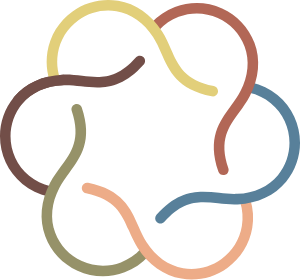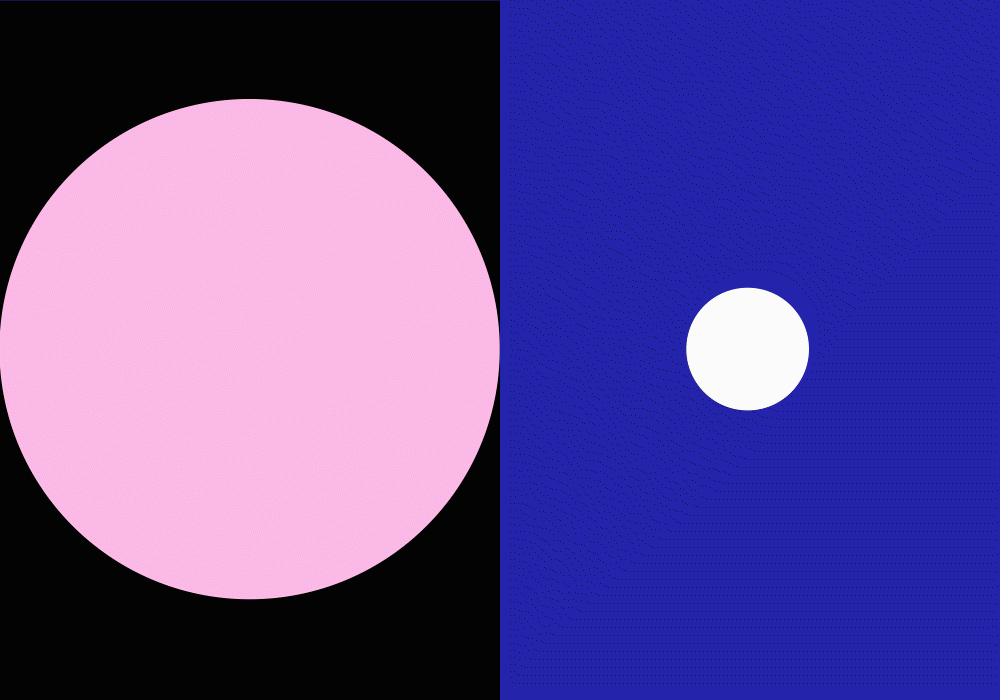Article Highlights:
We may not all spend our days creating videos, animations, or graphics, but we all perform our own roles in order to help our clients deliver the best experiences for their customers. That’s design. Read this article to learn…
- How everyone at a marketing agency is, in reality, a designer
- Why this realization changes the way we work together
- Ideas for embracing your identity as a designer and evolving processes in your agency
As creative director at Stoke, it’s safe to say that design is a huge part of who I am.
I oversee a talented team of creatives, who day in and day out take abstract concepts and ideas and turn them into breathtaking visuals. And if you asked each of them what they do for a living, they’d probably say something along the lines of, “I’m a designer.”
But if you asked some of the other members of the Stoke team to identify their roles, you wouldn’t hear that answer. Instead, you’d hear things like “writer”, “manager”, and “salesperson.”
This year at Adobe MAX, I was struck with an idea that changed the way I look at how our agency works, and I bet it can do the same for you.
It’s pretty simple: everyone is a designer.
Can you draw?
Shantelle Martin, a talented artist in her own right, asked the MAX audience a question we’ve probably all been asked at least once in our lives, “Can you draw?”
About 20% of the audience raised their hands.
Looking to the remaining 80%, Shantelle asked, “How can you not do something as an adult that you could do as a two year old?”
She went on to observe that everyone can draw, but somewhere along the way, people stop considering themselves as artists when they start to compare their work with someone else’s. At some point, they see that their best friend’s colored-pencil rendition of their school was spot on and that their own work was more…interpretive.
It’s at that moment in so many people’s lives that they believe someone else can draw and they can’t. But that belief couldn’t be more wrong.
The next time she asked who in the audience could draw, everyone raised their hands.
It was such an easy exchange, but at the same time, it represented a profound paradigm shift in the way that thousands of creatives viewed their role in this industry. I started thinking, “How can we apply this viewpoint in our business, and how can we allow it to improve our creative outputs?”
Changing the way we work together
Mike Rigby, the global head of brand transformation at R/GA, said, “Design is fundamental and foundational, a great way of thinking.”
I agree. The first thing we can do is to recognize and be proud of each team member’s identity as a designer. We must recognize and accept design as the “great way of thinking” that it is.
We may not all spend our days creating videos, animations, or graphics, but we all perform our own roles in order to help our clients deliver the best experiences for their customers. We figure out solutions to problems and strive to find better ways of doing business. We simplify complicated concepts. We humanize advanced technologies. All of that, in a way, is design.
Once we recognize that each person in our office is a designer, we can start to collaborate and innovate together more efficiently. Too often, we silo ourselves with people who have a similar role. For example, graphic designers in need of an idea or an opinion will go to an art director or videographer before they think of asking someone in business development.
But in doing so, we cut ourselves off from other individuals — other designers — who have unique points of view. Their diverse experiences and backgrounds could lend something to our project that we never would have been able to contribute on our own.
It may just be because someone isn’t a graphic designer by trade that they recognize an issue or area of weakness that the design team may have missed. After all, it’s most likely that the people experiencing our end product aren’t trained designers either.
We are all designers
I’ve always believed that design is an incredible thing. It moves culture. It can challenge established ways of thinking and bias. Good design improves lives. Great design can even change the world.
But now I also see that design can change the way we operate and conduct ourselves in our creative businesses.
There will always be problems, and we are going to be the people called upon to solve them. We will be asked to design solutions. And we can, if we work together and recognize the abilities that each member of our team brings to the table.
We’re all designers, and it’s time to embrace that identity.
Here a few simple ideas to get started:
- Consciously add the word “design” to your title. Use this phrase the next time someone asks what you do: “I am a marketing designer”, “I’m a customer service designer”, “I’m a design engineer”.
- Write “I am a designer” on a sticky note or white board, and keep it on your desk as a daily reminder.
- Challenge your company to hold a collaborative cross-department brainstorming session for an upcoming project.
- Choose a seemingly unconventional fresh set of eyes to review your project and give feedback.
We’re ready to apply our creative thinking to your business needs. Chat with Stoke today.



